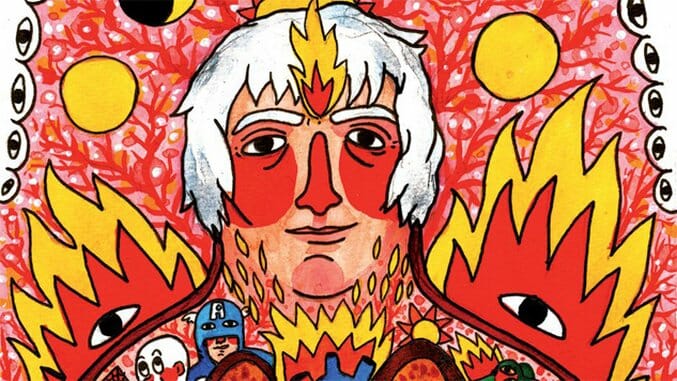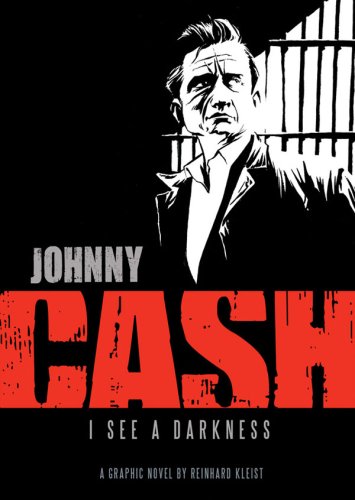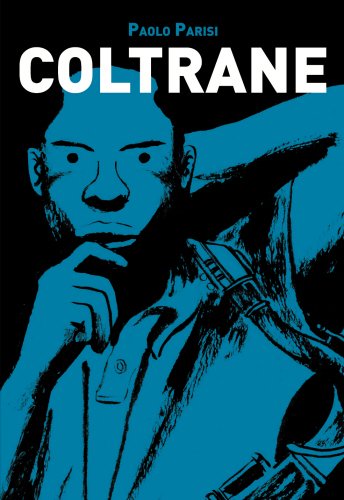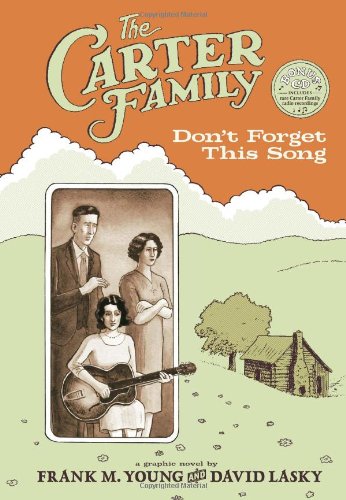
Music has provided a deep well of inspiration for comics artists ever since KISS appeared in the first Marvel Comics Super Special (printed in real KISS blood!) in 1977. Music subcultures and fandoms have been the colorful backdrops for series like the wildly imaginative Phonogram by Kieron Gillen and Jamie McKelvie and the sci-fi ska adventures of Evan Dorkin’s Hectic Planet. Then there have been some truly inspired graphic memoirs about the impact music has had on their creators too, such as Cristy C. Road’s Spit and Passion, about growing up queer, Latina and obsessed with Green Day. Music is in fact completely woven into the fabric of many of the most beloved underground and indie comics. Try imagining Love and Rockets, Scott Pilgrim or Ghost World without rock ‘n’ roll.
The sheer quantity and quality of music inspired comics begs to be examined. One simple explanation is that there is a lot of overlap between fans and creators of both media, and this surely has something to do with it. It may also be that the kinetic, colorful world of popular music and the larger-than-life musical heroes we admire lend themselves to sequential art as a form. Some of the finest examples of this are biographies of real musicians. There are many terrific ones out there (Ed Piskor’s epic Hip-Hop Family Tree series definitely deserves an honorable mention as a kind of biography of hip-hop itself) but these five really show just how well a graphic novel can bring music, and an individual musician, to life.
1. The Incantations of Daniel Johnston
Simultaneously mystical and unromantic, The Incantations of Daniel Johnston practically vibrates with all the creativity and pain and confusion of its subject. Spanish artist Ricardo Cavolo paints the life of the troubled singer-songwriter in glowing reds and yellows, his pictures evoking religious folk art. American writer Scott McClanahan matches the images with lyrical text. It’s a very fitting tribute that comments insightfully on Johnston’s music and challenges comfortable, established narratives about his life, despite affecting an almost childlike voice. It handles Johnston’s mental illness with sensitivity, depth and a little madness of its own. In the last pages, its co-creators insist the book itself is a curse. (You kind of have to read it to get it.) Hopefully, that’s just hyperbole, but Incantations is at the very least an enchanting work of art.
2. Billie Holiday
Harsh, chiaroscuro artwork gives this hard-to-find title by Argentinian team José Muñoz and Carlos Sampayo a haunting quality. Muñoz’s surreal, somewhat grotesque style makes Billie Holiday’s life—the abuse and racism she faced, her stardom, and lifelong struggle with drugs and alcohol—seem like a dim, shadowy dream. Visually, Billie Holiday is striking and unforgettable, but it’s the portrayal of the great jazz singer’s character that makes this thin volume a cult classic. The Billie Holiday in this story is defiant and movingly human. Nothing life throws at her can break her dignity and she understands all too well her predicament as a gifted black woman in the pre-civil rights era United States. Throughout, Muñoz and Sampayo show themselves to be indignant on her behalf and keen to defend her legacy. As a disclaimer: The language is coarse, and the subject matter is R rated. In the end, the duo’s version of her life is both raw and beautiful, just like Holiday’s eternal voice.
3. Johnny Cash: I See A Darkness
You can almost hear Johnny Cash’s woody baritone and his heavy hand on the guitar strings reverberate through this graphic novel by German artist Reinhard Kleist. Of all the books on this list, Johnny Cash: I See a Darkness is the one that illustrates music itself best, insofar as such a thing is possible. Kleist’s sometimes-fluid, sometimes-jagged lines take the wild energy of Cash’s live shows (and of his notoriously reckless offstage life) and freezes it inside comic book panels. He even goes so far as to literally illustrate some of the country great’s songs, weaving them in among episodes from his life. As a biography, it could be criticized for touching mainly on familiar points—his failed first marriage, his drug addiction, the concert at Folsom Prison, but each episode crackles with electricity in Kleist’s hands and his dark vision of Cash’s legend will seem fresh, even to readers who know his story and songs by heart.
4. Coltrane
The four chapters of Coltrane correspond to the four parts of A Love Supreme, connecting the story of jazz saxophonist John Coltrane’s life directly to his music. Using a black and grey palette with elegant, subtle lines, Italian artist Paolo Parisi’s drawings seem meant to reflect the man himself, who was known to be reserved, and his playing, which was praised for its control. Parisi researched this biography exhaustively, and even includes a bibliography at the end. Each moment from Coltrane’s personal life and musical career that appears in the book is carefully chosen and Parisi’s storytelling is all the more poignant for its restraint. Detail by detail, the jazz pioneer’s passions and loves, times and thought all come alive in this short book, and what appears at first to be a series of sketches carries the weight of a lengthy prose biography by the end.
5. The Carter Family: Don’t Forget this Song
This Eisner Award-winning history of The Carter Family by Frank M. Young and David Lasky is both a measured, revealing account of country music’s first superstars, as well as a wistful, even elegiac family saga. Focusing mainly on the figure of A.P. Carter, Don’t Forget this Song depicts the patriarch as a mostly sympathetic and slightly tragic character, but his difficult personality and issues like his exploitative relationship with his friend, black songwriter Lesley Riddle are looked at squarely. The book comes with a CD of The Carter Family’s recordings but having the actual music seems superfluous. The authors did their job well, so you can feel the family’s songs coming through in the book’s finely rendered faces and subdued colors. After you close the cover, you may even find that parts of it stay with you, coming back again and again like snatches of an old Appalachian tune.